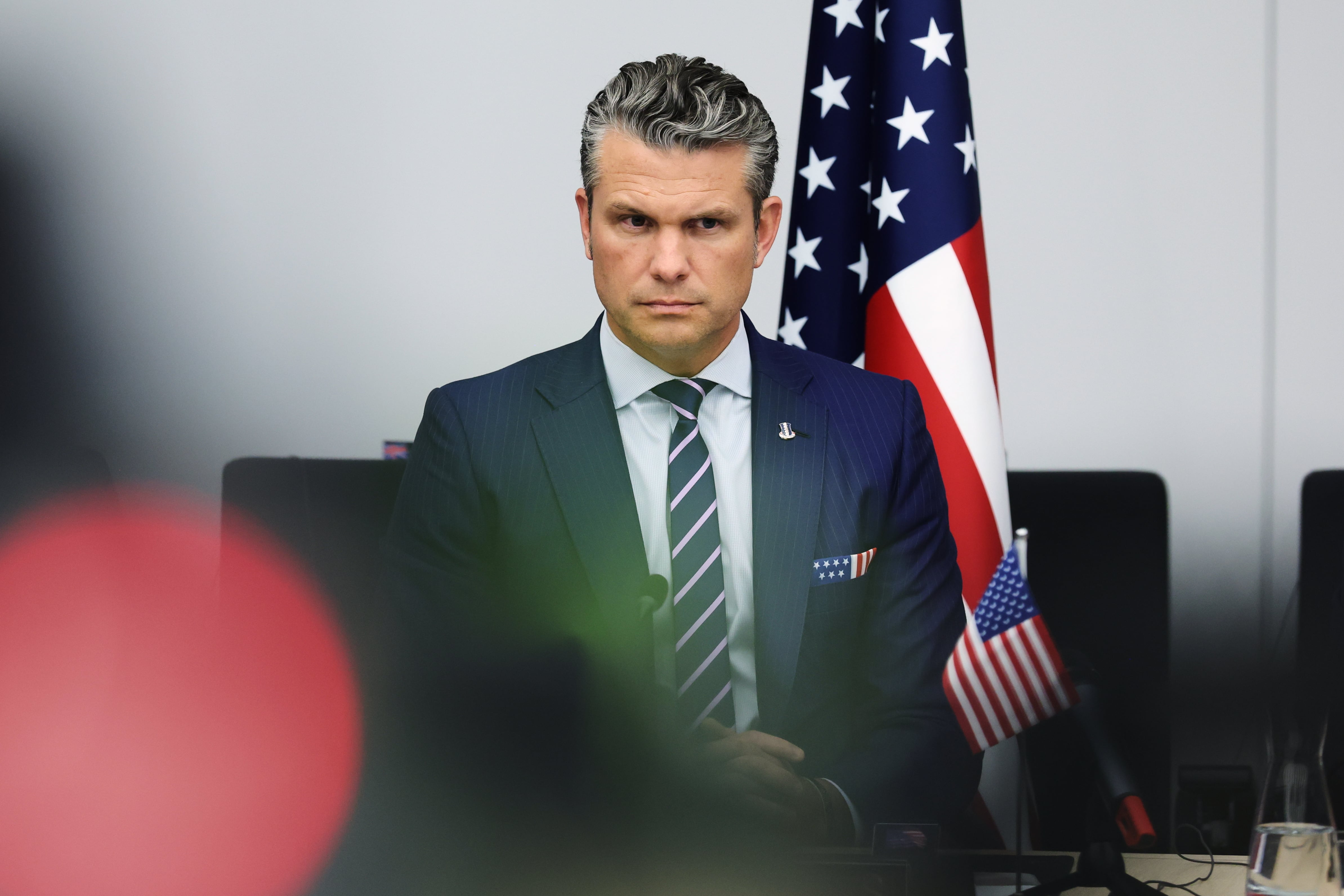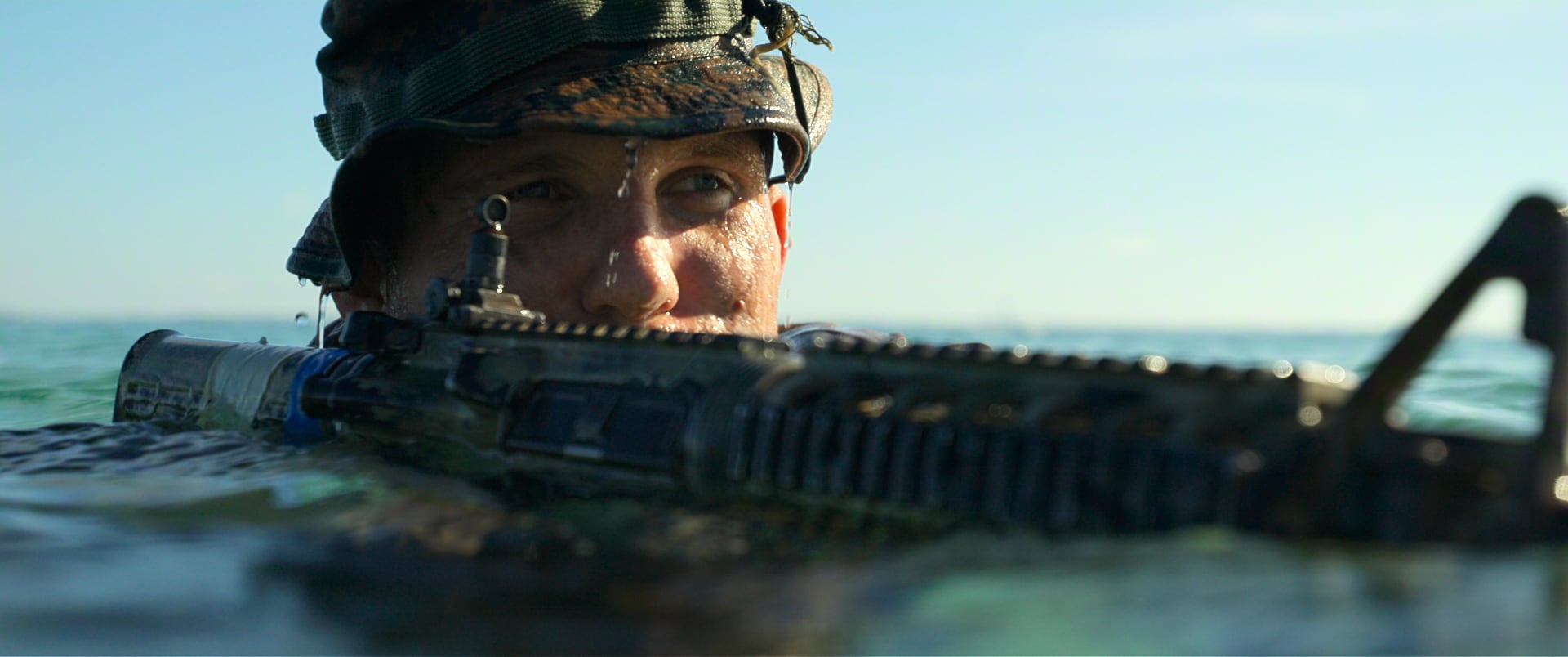The Army’s Criminal Investigation Division is dramatically reducing the number of military special agents within its ranks over the next six years, as the organization revamps under its first civilian director, according to a leaked report and email obtained by Army Times.
By 2027, according to a Dec. 3 email from CID chief of staff David Close, the organization will have a 60% civilian and 40% military workforce under a plan approved by Army Secretary Christine Wormuth.
“[This] means that CID will reduce our overall military Special Agent force from 1143 to 600 personnel between now and 2027,” Close said in the email to the CID formation. “Over that same 6 year period of time we will gradually increase our civilian Special Agent and investigative support positions by 872 new positions.”
The changes will occur in phases, primarily through natural workforce attrition, and programs are being designed to assist military agents who want to transition to civilian roles, according to the email.
The reorganization comes after one of CID’s senior-most civilian agents, David J. Zeliff, delivered the CID Reorganization Assessment Team’s initial report in September.
Zeliff, a retired warrant officer and member of the Military Police Corps Hall of Fame, didn’t pull punches in the report, which assessed the CID offices at Fort Bragg, North Carolina; Fort Hood, Texas; and Fort Carson, Colorado.
His findings confirmed many of the issues found in the Fort Hood Independent Review Committee’s report, and revealed a bigger one: a “defective culture.” The issues also echo complaints Army Times reported on last spring in two separate reports, which were raised at a congressional hearing on CID reform.
The offices, Zeliff said, were “all rated as UNSATISFACTORY in the investigative standards of timeliness, thoroughness, and timely reporting” and in “program areas of economic crime, drug suppression, criminal intelligence, sources, .0015 funds, digital forensic examiners, safety, and facilities.”
“Failure to correct and realign the current defective culture of the organization toward investigative priorities...will do nothing to correct the deficiencies identified by the Fort Hood Independent Review Committee, despite any advancements achieved in manning or resourcing,” the senior CID official declared.
CID’s goals
The Fort Hood Independent Review Committee report left CID reeling, and it led the service’s top leadership to implement sweeping reforms.
Before recent reforms, CID was led by uniformed military police officers who weren’t criminal investigators by trade.
One of the first moves the Army took in response to the issue was transitioning the service’s law enforcement agency to civilian control. Gregory Ford, a longtime Naval Criminal Investigative Service leader, took over as CID’s first civilian director in September.
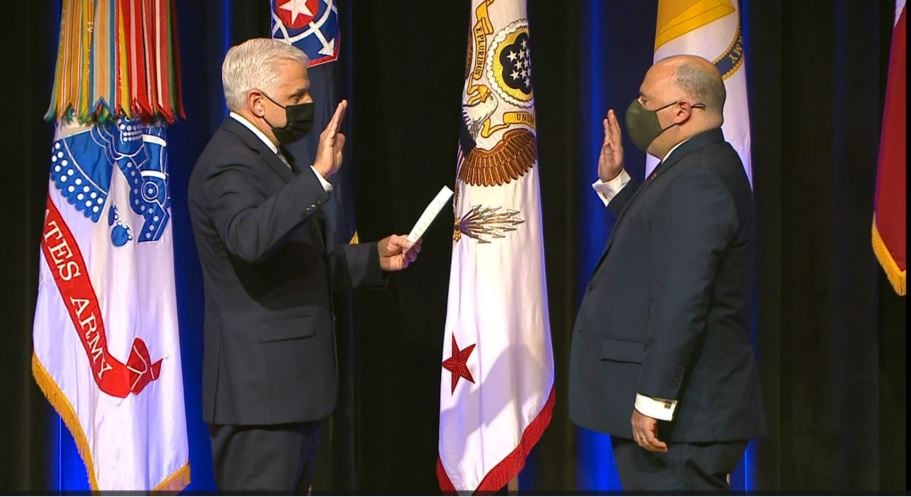
Ford and Army leaders want to make CID look more like NCIS — an agency defined by its civilian investigative expertise that takes on cases based on their importance to the service rather than merely their geographic jurisdiction.
“Historically,” Ford said at his appointment ceremony, “the organization was viewed as an Army command tasked with law enforcement duties. We must now clearly establish CID as an elite federal law enforcement agency that operates within and in support of the Department of the Army.”
“CID leadership will focus on four complementary lines of effort,” Ford declared. “Operational excellence, talent management, modernization and partnerships.”
A new path forward
One of the key challenges facing CID in its reform efforts, though, is the way that its local offices — called detachments — are currently organized.
Zeliff’s report highlighted inefficient command structures and task organizations that kept offices’ most experienced uniformed agents from being involved in investigations.
“Each of the CID offices had too many supervisors and insufficient agents working cases,” the report said, blaming higher command structures for hoarding investigative manpower.
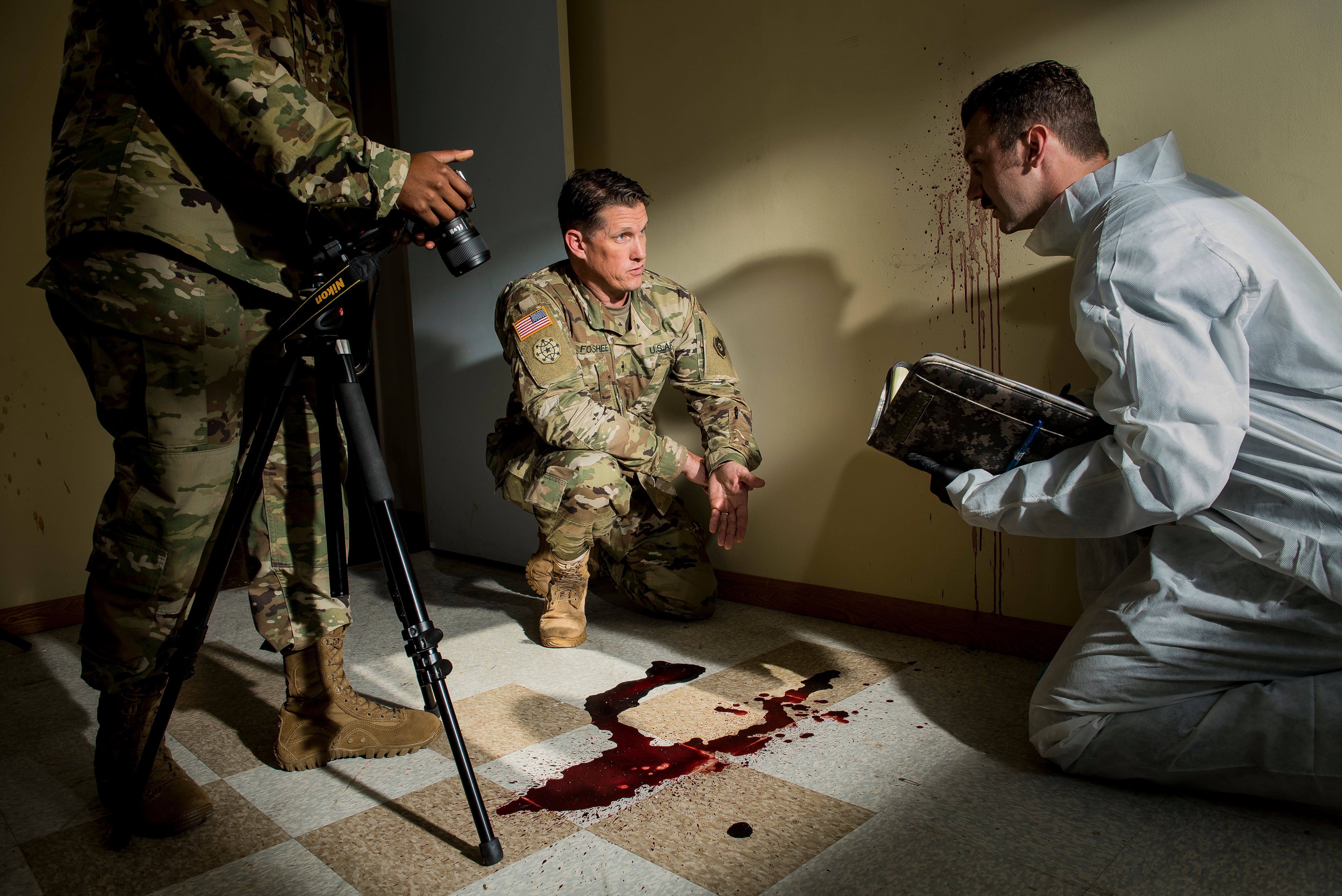
“At Fort Bragg and Fort Hood, the co-located [CID] Battalion had CW4 and CW5 Special Agents, a [senior civilian special agent] Assistant Operations Officer, as well as two to three Master Sergeant Special Agents or other Senior NCO CID agents...primarily working administrative duties...as opposed to contributing to the investigative activity[,]” Zeliff explained.
And CID battalions and groups “have failed to provide needed support services to the CID [detachments]” despite having experienced investigators in support roles, Zeliff said. This forced many local detachments to divert their most experienced personnel to administrative tasks rather than leading investigations and mentoring their inexperienced subordinates.
At an October press conference, Ford, the new CID director, said the organization is considering modeling CID’s structure after other federal law enforcement agencies.
“This is still very much ongoing discussion as to how we’re going to structure those offices, " Ford said, but “we are looking away from that command type structure...and, with that, we are going to structure ourselves and operate in that same manner as a federal law enforcement agency.”
If CID follows the federal “standard model,” according to the new director, detachments will become “resident agencies” at installations and regional coordinating headquarters would become “field offices.”
More civilian agents; fewer military agents
A huge part of CID’s pivot towards federal law enforcement structures will be a rebalancing of the division’s workforce.
The plan outlined in the email from CID chief of staff Close, which involves moving to a 60% civilian and 40% military workforce by 2027, will be backed by efforts to bring soldier agents in as civilians — if they so choose.
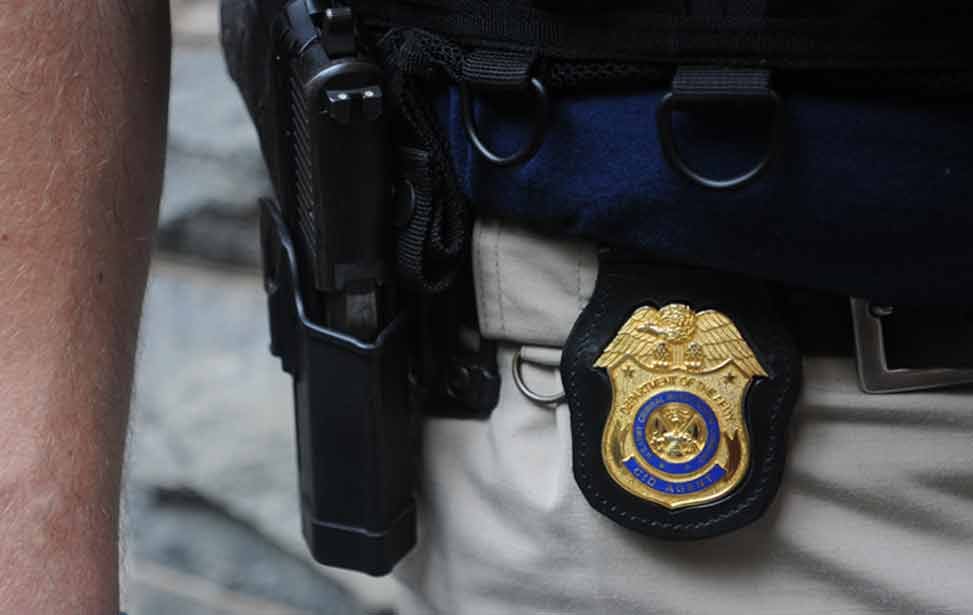
In order to reach its targeted force structure, CID is slashing accessions for new uniformed agents. Previously, the command planned to add 100 enlisted agents and 45 warrant officers per year. Now, those targets have been cut to 20 and 15, respectively.
CID leaders think they’ll be able to achieve the manpower shift through “natural attrition,” according to Close’s email, which includes projected retirement numbers for senior agents.
CID is working with Army personnel and human resources leaders to establish “tailored programs to help those in our formation who desire to pursue a position as a civilian” special agent, Close wrote in his email.
Most of those new programs will not be implemented until fiscal 2024, but CID hopes that some military agents will transition to civilian agent positions, according to CID spokesperson Jeffrey Castro.
“The transition from military to civilian agent positions will occur in phases and will primarily be achieved through the natural attrition of our military agents as some make the transition to a civilian agent position,” Castro said in a statement to Army Times. “Our hiring plan includes the hiring of more than 450 civilian special agents and more than 150 investigative and operational support personnel.”
Support personnel will allow CID agents to “wholly focus on investigations, while others such as digital forensic examiners, crime lab scientists and evidence technicians, provide critical investigative support,” Castro said. Administrative tasks such as IT support, logistics management and civilian human resources, will also have to increase to support the influx of personnel, he added.
A CID source who shared the email with Army Times said the shift is bittersweet.
“For those who wish to pursue a GS career outside of the Army this IS positive,” the source said. “For those seeking to fulfill their Army careers as an agent, it is a death nail.”
Getting the right talent — and keeping it
As the source indicated, attracting and retaining civilian special agents may be a challenge.
The majority of the civilian positions CID is adding will be in the 1811 job family, which denotes criminal investigators.
Many of the federal government’s most attractive law enforcement positions, such as roles with the FBI and Secret Service, are in the 1811 family. The federal civil service encourages lateral mobility across agencies within the same career field, enabling talented employees to take promotions in other agencies.
This has posed challenges for CID in the past, where hopeful federal investigators have broken into the career field through CID and then moved on to other agencies.
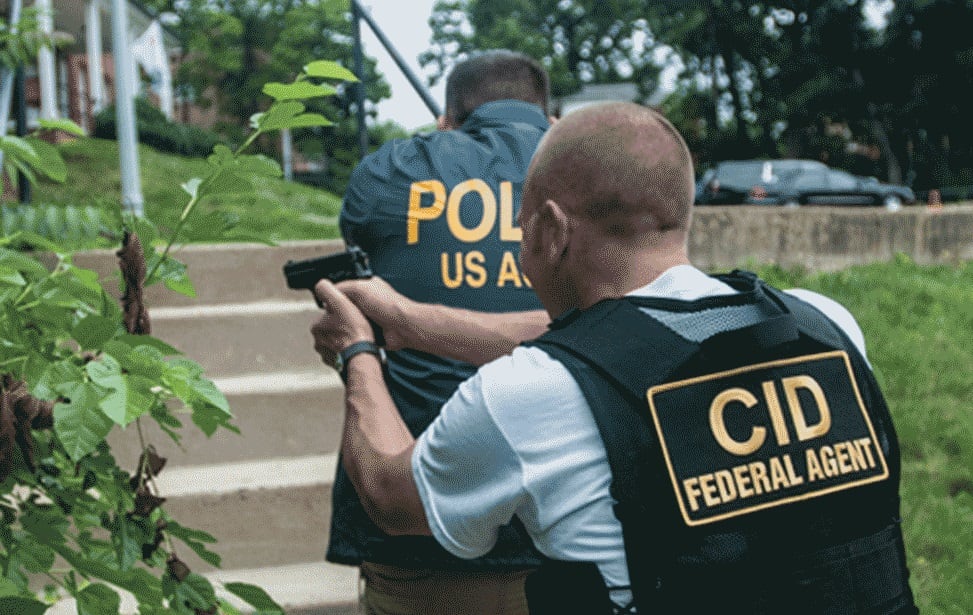
Director Ford said he thinks the changes CID is making will help make the agency more attractive for its current agents, and maybe even attract 1811s from other agencies who may have personal affiliations with the Army.
“I do think there’s a strong draw especially for individuals, again, who are now law enforcement professionals elsewhere but in the past were part of the Army...to come back and support the service they were a part of,” Ford told reporters in October.
Castro said that CID will also have other incentives for new civilian agents.
“Recruitment incentives such as reimbursement for moving expenses or salary negotiations will be considered based on hard to fill locations, applicant experience, and available funding,” the CID spokesperson said.
Can the restructure fix a “defective culture?”
CID leaders are hopeful that their reforms will address the root causes of the deficiencies identified in Zeliff’s report, which identified “a lack of deep experience, organizational and structural problems, lack of support from higher headquarters, and an organizational culture which deprioritized investigative excellence in favor of promoting a ‘warrior task’ focused climate.”
Senior leaders’ plans to increase the civilian workforce, increase investigative support roles, and rebuild the organization’s structure may address many of the issues.
But fixing a “dysfunctional and misaligned culture,” as Zeliff described it, is a taller task.
“CID personnel writ large do not confidently understand the limits of their authority and jurisdiction, the investigative tools at their disposal, or the investigative standards they are measured against,” Zeliff said. “The lack of basic law enforcement supplies or safety equipment at the offices, the lack of adequate manning levels, the large swaths of inexperienced personnel, and the common complaints...concerning lack of support by higher headquarters elements are all reflective of [this culture].”
According to Castro, CID senior leaders are open to anything necessary to get the job done, and are “very confident our organizational changes address recommendations of the [Fort Hood report] and will make CID a more efficient organization.”
“CID is focused not only on a manpower transformation, but true organizational transformation that requires a hard look at how and why we have done things in the past and to see if it needs to be carried into the future,” the spokesperson said. “Numerous changes in policy and structure have already been recommended and implemented to support the transformation.”
Zeliff didn’t mince words about the stakes in his report.
“If not addressed and corrected, this culture will continue to persist even though the organizational manning will change from predominantly military to civilian personnel,” he said.
Military Times reporter Rachel Nostrant contributed reporting to this story.
Davis Winkie covers the Army for Military Times. He studied history at Vanderbilt and UNC-Chapel Hill, and served five years in the Army Guard. His investigations earned the Society of Professional Journalists' 2023 Sunshine Award and consecutive Military Reporters and Editors honors, among others. Davis was also a 2022 Livingston Awards finalist.
Kyle Rempfer was an editor and reporter who has covered combat operations, criminal cases, foreign military assistance and training accidents. Before entering journalism, Kyle served in U.S. Air Force Special Tactics and deployed in 2014 to Paktika Province, Afghanistan, and Baghdad, Iraq.

